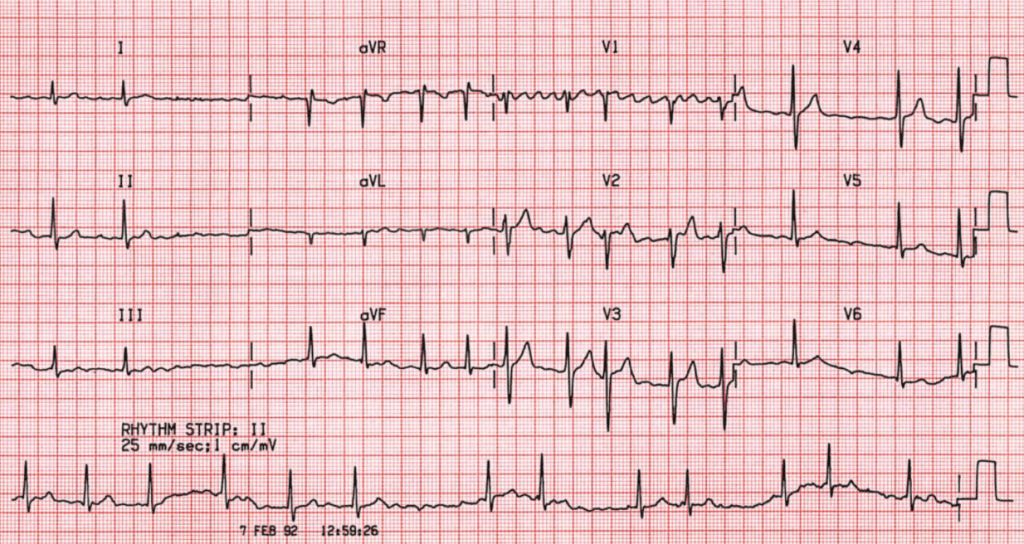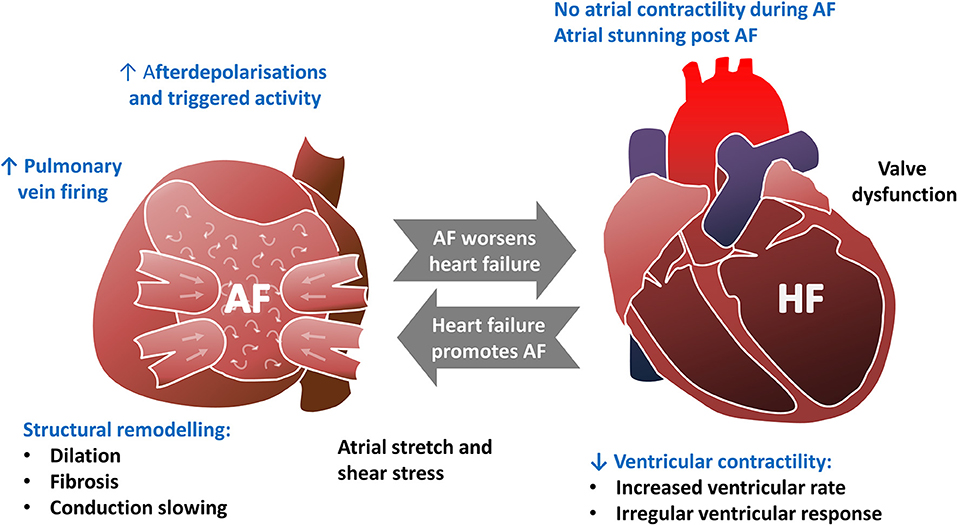Atrial fibrillation, often abbreviated as AFib, is a common heart condition that affects millions of people worldwide. It occurs when the upper chambers of the heart beat irregularly and out of sync with the lower chambers. This disruption can lead to serious complications if left untreated. In this article, we will explore what atrial fibrillation is, its causes, symptoms, and available treatment options.

What Is Atrial Fibrillation?
Atrial fibrillation is a type of arrhythmia, which means it involves an irregular heartbeat. The heart’s rhythm is controlled by electrical signals that ensure the heart beats in a coordinated manner. In atrial fibrillation, these signals become chaotic, causing the upper chambers of the heart, known as the atria, to quiver instead of contracting properly. As a result, blood may not flow efficiently from the atria to the lower chambers, or ventricles, leading to potential complications.
This condition can be temporary or persistent, and its severity varies from person to person. Some individuals may experience mild symptoms, while others may face life-threatening complications such as stroke or heart failure.
Causes of Atrial Fibrillation
The exact cause of atrial fibrillation can vary depending on individual health conditions and risk factors. Below are some of the most common causes:
Heart-Related Conditions
- Coronary Artery Disease: Narrowed or blocked arteries reduce blood flow to the heart muscle, increasing the risk of arrhythmias.
- Heart Valve Problems: Malfunctioning heart valves can disrupt the heart’s normal rhythm.
- Heart Failure: Weakened heart muscles struggle to pump blood effectively, contributing to irregular heartbeats.
- Hypertension: High blood pressure places extra strain on the heart, making it more prone to arrhythmias.
Lifestyle Factors
- Excessive Alcohol Consumption: Drinking large amounts of alcohol can trigger episodes of atrial fibrillation.
- Obesity: Excess weight puts additional stress on the heart and increases the likelihood of developing arrhythmias.
- Smoking: Tobacco use damages blood vessels and contributes to heart disease, raising the risk of atrial fibrillation.
Other Medical Conditions
- Thyroid Disorders: An overactive thyroid gland can accelerate the heart rate and lead to irregular rhythms.
- Diabetes: Poorly managed diabetes increases the risk of cardiovascular problems, including atrial fibrillation.
- Sleep Apnea: Interrupted breathing during sleep can strain the heart and contribute to arrhythmias.
Symptoms of Atrial Fibrillation
Not everyone with atrial fibrillation experiences noticeable symptoms. However, when symptoms do occur, they can range from mild to severe. Common signs include:
Physical Symptoms
- Palpitations: A sensation of fluttering or racing in the chest.
- Chest Pain: Discomfort or tightness in the chest area.
- Shortness of Breath: Difficulty breathing, especially during physical activity.
- Fatigue: Feeling unusually tired or weak.
General Symptoms
- Dizziness: Lightheadedness or feeling faint.
- Confusion: Mental fog or difficulty concentrating.
- Sweating: Excessive perspiration without an obvious cause.
In some cases, atrial fibrillation may go undetected until a routine medical examination reveals an irregular heartbeat. This highlights the importance of regular check-ups, particularly for individuals with known risk factors.
Treatment Options for Atrial Fibrillation
The goal of treating atrial fibrillation is to restore a normal heart rhythm, control the heart rate, prevent complications, and improve quality of life. Treatment plans are tailored to each individual based on their specific condition and overall health. Below are the primary approaches used to manage atrial fibrillation:
Lifestyle Modifications
Making healthy lifestyle changes can significantly reduce the frequency and severity of atrial fibrillation episodes. These modifications include:
- Eating a balanced diet rich in fruits, vegetables, whole grains, and lean proteins.
- Engaging in regular physical activity, such as walking, swimming, or cycling.
- Quitting smoking and avoiding secondhand smoke exposure.
- Limiting alcohol intake and avoiding binge drinking.
- Maintaining a healthy weight through diet and exercise.
Medications
Several types of medications are prescribed to manage atrial fibrillation. These include:
- Rhythm Control Medications: Drugs like amiodarone and flecainide help restore and maintain a normal heart rhythm.
- Rate Control Medications: Beta-blockers and calcium channel blockers slow down the heart rate to improve efficiency.
- Blood Thinners: Anticoagulants such as warfarin and apixaban reduce the risk of blood clots and stroke.
Procedures and Surgeries
When medications alone are insufficient, procedural interventions may be necessary. These include:
- Electrical Cardioversion: A procedure where electric shocks are delivered to the heart to reset its rhythm.
- Catheter Ablation: Thin wires are inserted into the heart to destroy small areas of tissue responsible for abnormal electrical signals.
- Pacemaker Implantation: A device is placed under the skin to regulate the heart’s rhythm.
- Maze Surgery: A surgical technique that creates scar tissue in the heart to block erratic electrical pathways.
Monitoring and Follow-Up
Regular monitoring is essential to track the effectiveness of treatment and make adjustments as needed. Patients may be asked to:
- Wear a portable heart monitor to record heart activity over time.
- Attend follow-up appointments with their healthcare provider.
- Keep a symptom diary to identify triggers and patterns.
Preventing Complications
Atrial fibrillation increases the risk of serious complications, such as stroke and heart failure. To minimize these risks, it is crucial to adhere to the prescribed treatment plan and adopt preventive measures. Key strategies include:
- Taking medications exactly as directed by a healthcare professional.
- Managing underlying health conditions, such as high blood pressure and diabetes.
- Reducing stress through relaxation techniques like meditation or yoga.
- Seeking immediate medical attention for new or worsening symptoms.
Living with Atrial Fibrillation
While atrial fibrillation can be challenging to live with, many people successfully manage the condition and lead fulfilling lives. Education, support, and proactive management play vital roles in coping with this chronic condition. Joining a support group or connecting with others who have similar experiences can provide valuable emotional support and practical advice.
It is also important for patients to stay informed about advancements in treatment options and research. Regular communication with healthcare providers ensures that care remains up-to-date and personalized to meet evolving needs.





